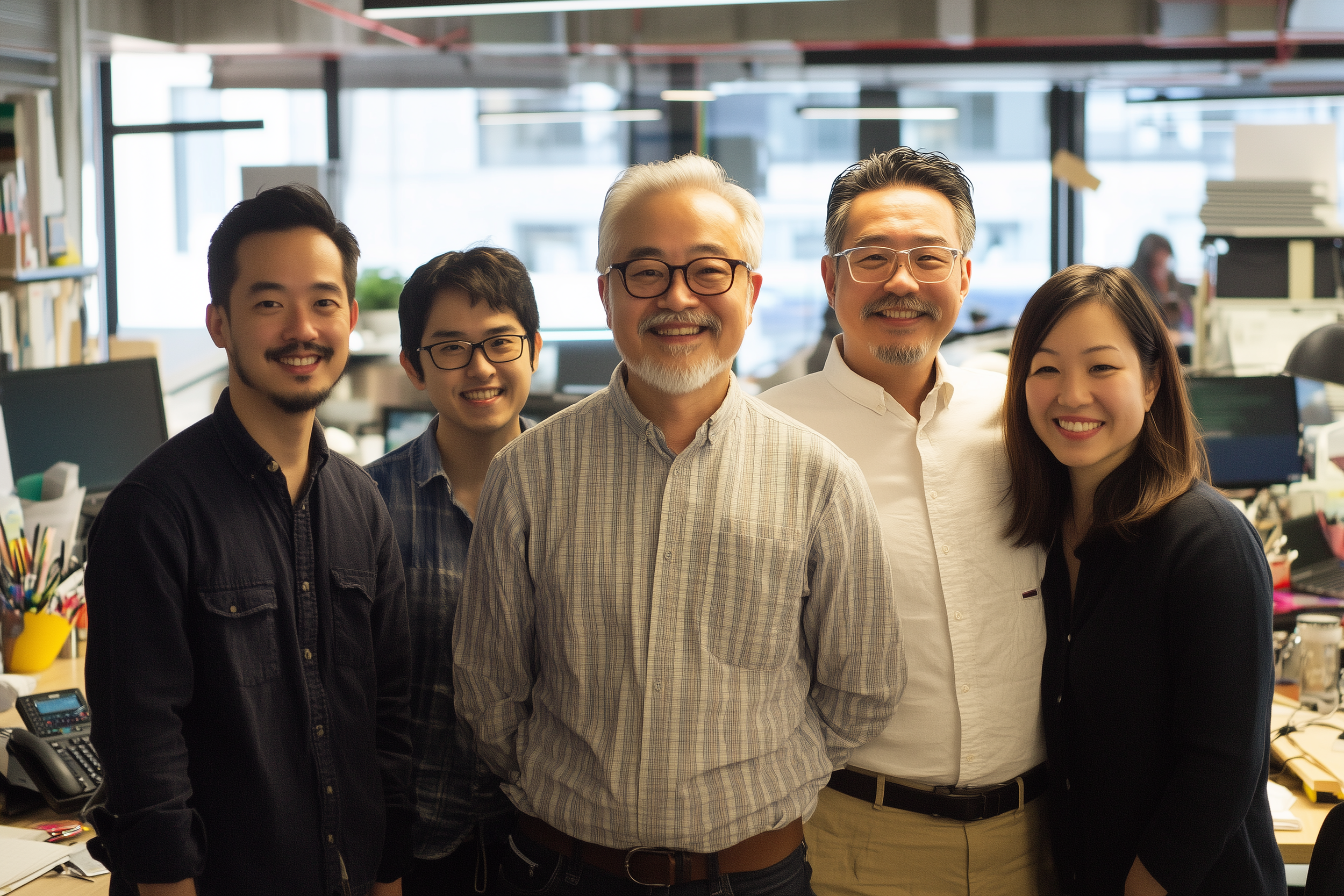Navigating a Multigenerational Workplace: Uniting Diverse Perspectives
Learn to unite your multigenerational workplace! Explore strategies to bridge generational gaps, boost collaboration, and embrace diverse perspectives.
Understanding what motivates each generation and how they approach work is key to fostering harmony and collaboration. Let’s dive into the defining traits of each generation, their contributions to the workplace, and actionable strategies to bridge generational gaps.
Workplaces today are a vibrant mix of generations, each contributing unique perspectives, skills, and values. From the tech-savvy Millennials to the seasoned Baby Boomers, this diversity can be a powerhouse for innovation and growth—but only if managed effectively.
Generation Z: The Purpose-Driven Innovators
Generation Z (born mid-1990s to early 2010s) is redefining what it means to work in the 21st century. Raised during the rise of digital technologies and social movements, this group values purpose, flexibility, and social responsibility.
For Gen Z, a job is more than a paycheck—it's a platform to create meaningful impact. Companies that align with causes like sustainability, diversity, and social justice are particularly attractive to this group. Highlighting these values in your company culture can be a powerful way to engage Gen Z employees.
Additionally, Gen Z thrives in environments that prioritize collaboration. This generation is not shy about voicing ideas and appreciates a workplace where hierarchy takes a backseat to open communication. Employers can harness their creative energy by creating avenues for regular feedback and promoting team-oriented projects.
How to Engage Gen Z:
Foster a culture of transparency and inclusivity.
Provide opportunities for professional development tied to meaningful work.
Offer flexible work arrangements to balance personal and professional lives.
Millennials: The Tech-Savvy Creatives
Millennials (born early 1980s to mid-1990s) bring a unique combination of creativity and adaptability to the table. Having grown up with the internet, this generation is comfortable with change and eager to embrace new technologies.
Unlike Gen Z, Millennials are deeply career-focused and value growth opportunities. They gravitate towards employers who invest in their development through mentorship programs, certifications, or training sessions. This not only fulfills their need for growth but also keeps them engaged long-term.
Millennials also blur the lines between personal and professional lives, often pursuing side projects or hobbies alongside their careers. Companies that support work-life integration through flexible hours, remote work options, and wellness initiatives find great success in retaining Millennial talent.
How to Engage Millennials:
Invest in continuous learning and skill development.
Encourage innovation and provide tools for creativity.
Support a culture of work-life integration with flexible policies.
Generation X: The Pragmatic Problem Solvers
Often described as the “sandwich generation,” Generation X (born mid-1960s to early 1980s) is a bridge between traditional and modern workplace cultures. They value independence and tend to take a pragmatic approach to work.
Unlike Millennials and Gen Z, Gen X prioritizes stability and job security. They’re often balancing responsibilities like raising families and planning for retirement, making benefits like healthcare and pensions a top priority. Despite their focus on autonomy, Gen X employees excel in problem-solving and innovation. They’re equally comfortable working in teams or independently, as long as they have clear expectations and support from leadership.
How to Engage Gen X:
Offer autonomy while providing the tools they need to succeed.
Emphasize job security with competitive benefits packages.
Recognize their efforts in balancing work and personal commitments.
Baby Boomers: The Experienced Mentors
Baby Boomers (born 1946–1964) are often the backbone of the workplace, bringing decades of experience, knowledge, and loyalty. Known for their strong work ethic, this generation thrives in structured environments where their efforts are acknowledged.
While Baby Boomers may not have grown up with technology, many have embraced it and are more tech-savvy than they’re often given credit for. However, they still place a premium on face-to-face communication and appreciate recognition for their contributions.Their natural inclination towards mentorship makes Baby Boomers ideal guides for younger employees. By facilitating knowledge-sharing initiatives, organizations can tap into their wealth of experience while fostering intergenerational collaboration.
How to Engage Baby Boomers:
Create mentorship programs that allow them to share their expertise.
Provide opportunities for recognition, such as awards or leadership roles.
Foster a sense of community through regular in-person interactions.
Bridging the Generational Divide
Successfully managing a multigenerational workplace requires recognizing the unique strengths and preferences of each group while fostering mutual respect and understanding.
Here are actionable steps to create an inclusive environment:
Encourage Cross-Generational Collaboration: Pair younger employees with seasoned workers in mentorship programs or team projects to facilitate knowledge exchange and fresh ideas.
Adopt Flexible Policies: Cater to varying needs, whether it’s offering remote work options for Millennials and Gen Z or robust benefits for Gen X and Boomers.
Promote Open Communication: Regularly solicit feedback from employees across all generations to ensure everyone feels heard and valued.
Celebrate Diversity: Acknowledge and celebrate the unique contributions of each generation during team meetings or through internal communications.
Embracing the Generational Shift
A multigenerational workforce is more than just a challenge to navigate—it’s an opportunity to create a richer, more dynamic workplace. By understanding and respecting the diverse perspectives and strengths each generation brings, organizations can build a thriving environment where everyone feels empowered to contribute.
When businesses embrace these generational differences as assets, they not only enhance employee satisfaction but also drive innovation and productivity, paving the way for a more inclusive and successful future.


